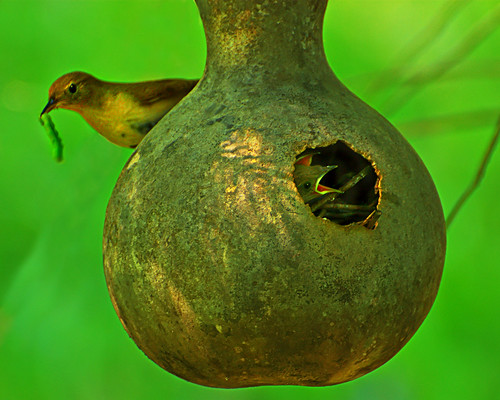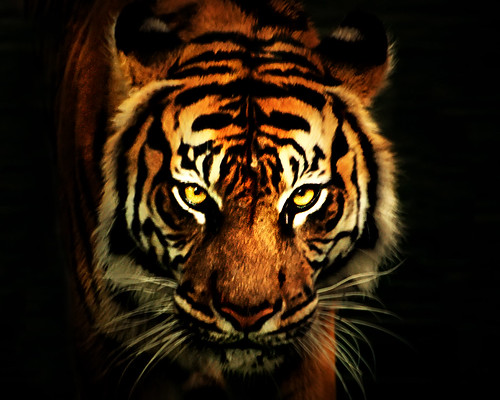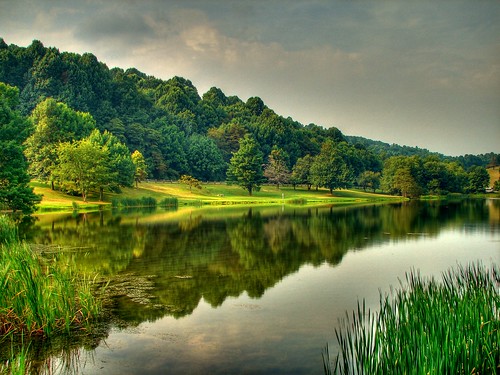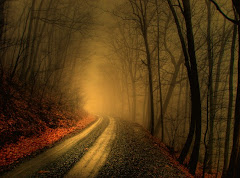 |
| Foggy Wood available locally at the Framery |
The photo has had a strange Journey. It had previously been in the March 2008 edition of National Geographic. and has won second place in the National Parks Foundation Share the Experience Contest. Foggy Wood has also appeared as a two page spread in JPG. Magazine. It has also had an odd trip of being echoed through the internet when Smashing Magazine posted 35 Fantastic HDR pictures. This article echoed through the internet with thousands of re-postings.
Recently I posted this as a comment on a blog when they were discussing the pluses and pitfalls of HDR (high dynamic range) photography. Thankfully Mary Day Long the author of Mare Cognitum did enjoy my photograph and used it as an example of artful use of High Dynamic Range. My comment is below:
Hi and thank you for your linking to my photo Foggy Wood. I imagine the trick in the HDR process is not to become too fascinated with how out of tune your photo can become. It is a temptation for many to push that envelope and end up with the results of what you speak. Really there is no substitute for good honest photography: composition, exposure, and the right aperture are all the factors you must get right. It is much like the old saying you can't make a silk purse out of a sow's ear. I think that applies. The trick if you want to call it that is the enhancement has to be subtle and not stray away far from what the original image offered. Its very easy to do, I have done it myself more times than I can count.
But when just the right amount of spice is applied you can and may end up with a very unique and beautiful image. Foggy Wood has become a very well liked image by many. I suppose there are some who would not like it. And that is fine with me. Ultimately I pleased myself and that to me was all that mattered. It will be coming out in a National Geographic Book titled 'Simply Beautiful Photographs' Oct 19th. And it went on display along with other photographs at the National Geographic Museum exhibit Sept 3rd.
The photo has taken an interesting journey and I have enjoyed watching it find a path of its own.
It is indeed interesting to me how this photo continues to draw interest since I first published it on Flickr on March 2nd 2007.
It appears that it may be an enduring image, one that I could never replicate, one that perhaps as Ansel Adams would had said "God pushed the shutter button".
















